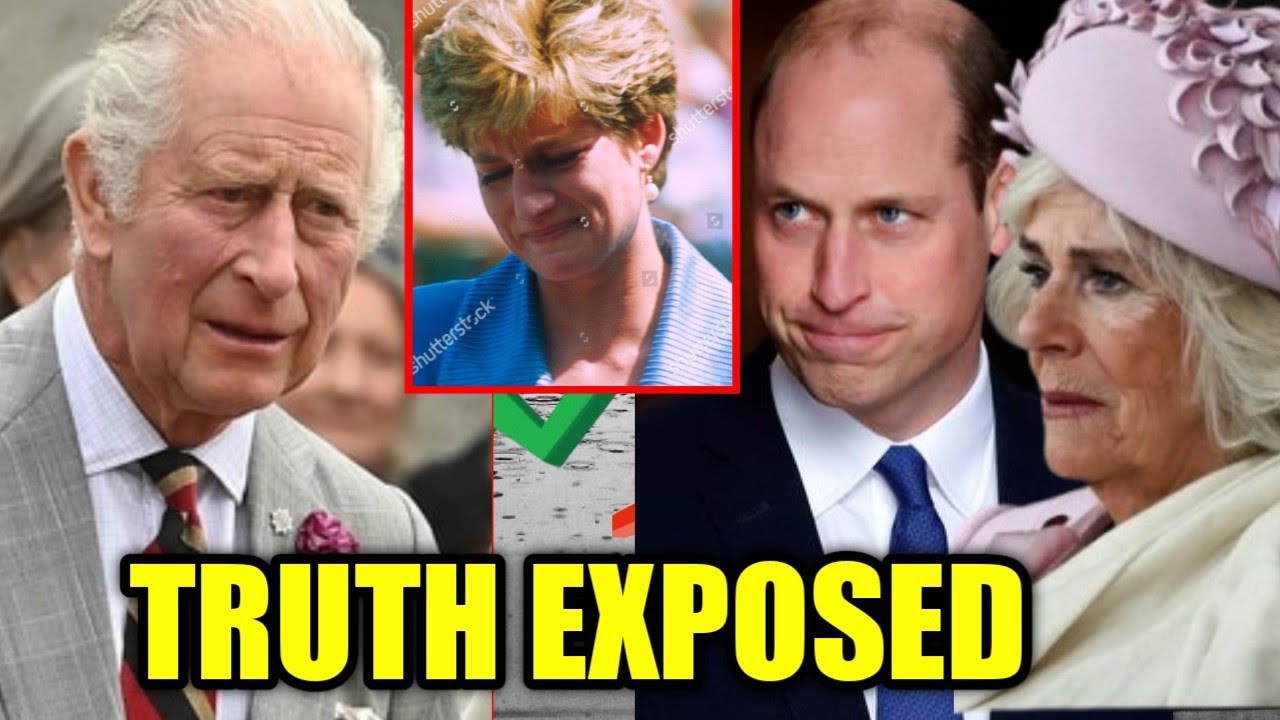William Finally Discovers a Clue Proving Diana’s Death Was No Accident: “The Person Who Sent the Paparazzi After My Mother Was…”
In a shocking and emotional revelation, Prince William has reportedly uncovered new evidence that suggests his mother, Princess Diana’s tragic death in 1997, was not a mere accident as long believed. After years of speculation, investigations, and numerous conspiracy theories surrounding Diana’s untimely death, William claims to have found a crucial clue pointing to a more sinister plot behind the fatal car crash in Paris. According to insiders, this new evidence suggests that someone deliberately orchestrated the circumstances leading to the paparazzi chase that ultimately ended in disaster.
Princess Diana, beloved by millions around the world, died on August 31, 1997, when the car she was traveling in crashed in the Pont de l’Alma tunnel in Paris. The vehicle, driven by Henri Paul, was being pursued by paparazzi photographers at the time of the crash. Diana’s death sent shockwaves across the globe, and while the official inquiry concluded that it was an accident caused by reckless driving and the aggressive pursuit of the paparazzi, alternative theories have persisted ever since.
Now, more than two decades later, Prince William has reportedly uncovered information that challenges the long-accepted narrative. Sources close to the Duke of Cambridge claim that he has been conducting his own investigation into the events of that fateful night, determined to find answers that have eluded him and his family for years. This newly discovered clue reportedly leads to the person responsible for setting the paparazzi on his mother’s trail.
In a private statement, William is said to have revealed, “The person who sent the paparazzi after my mother was someone with influence, someone who wanted to see her suffer.” While the identity of this individual has not yet been publicly disclosed, William’s assertion adds fuel to the belief that Diana’s death may have been the result of a coordinated effort to destabilize her life.
The idea that Diana was targeted is not entirely new. Throughout the years, many have speculated that her increasing independence, her highly publicized relationships, and her desire to step away from the royal family put her in the crosshairs of those who sought to control her image. Her campaign against landmines, her relationship with Dodi Fayed, and her immense global popularity may have made her a threat to powerful figures. William’s new discovery suggests that someone used the paparazzi as a weapon, directing them to pursue Diana relentlessly that night.
This revelation brings to light an even darker element to Diana’s tragic story. If true, it suggests that her death was not just a result of reckless paparazzi but a planned event meant to cause chaos in her life. It raises questions about who may have been involved, and whether more powerful forces had a hand in orchestrating the events that led to her demise.
For William, this discovery is likely a bittersweet moment. He has always been fiercely protective of his mother’s legacy, and this new information may provide some answers, but it also opens old wounds. The possibility that Diana was targeted and her death was not accidental means that William, as well as Prince Harry, may now have to confront even more painful truths about their mother’s last days.
As the world awaits further details, there is little doubt that this new clue will reignite public interest in Diana’s death. The royal family has historically refrained from engaging with conspiracy theories surrounding the tragedy, but with William now potentially confirming suspicions of foul play, it could lead to a renewed investigation.
Prince William’s quest for the truth about his mother’s death demonstrates his deep love and commitment to her memory. Whether this discovery leads to closure or more questions remains to be seen, but one thing is clear: the story of Princess Diana’s life and death continues to captivate the world, and the search for answers is far from over.

